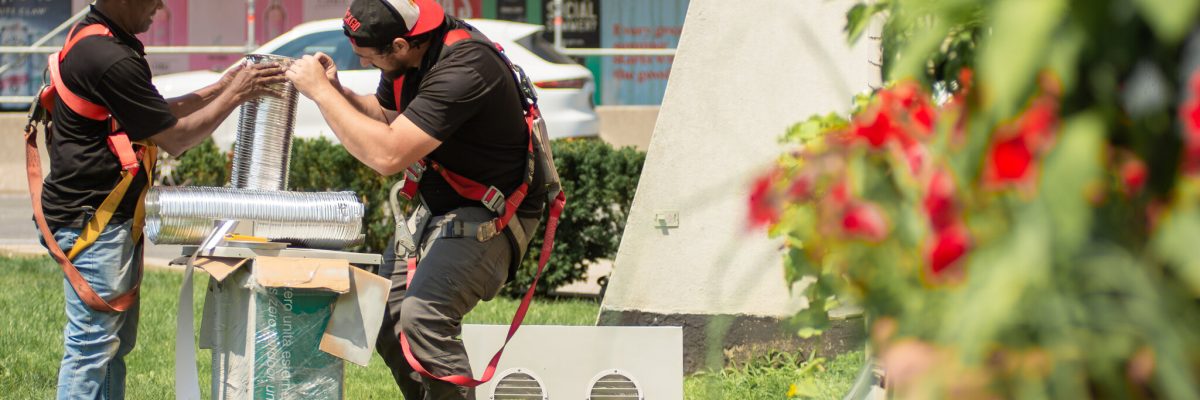Voices representing the building and construction sector just announced at COP28 that they can create $1.5 trillion in investment and lift 2.8 billion people out of energy poverty by tackling emissions from buildings. The scale of the opportunity is exciting and the imperative to protect our climate is driving us towards this. If decarbonizing buildings also includes social procurement, the opportunity to create community wealth and resilience could be even more dramatic.
Community benefits strategies for major public infrastructure projects are increasingly in play. TAF’s own experience shows that smaller scale, aggregated projects like deep retrofits are similarly able to integrate social procurement and deliver jobs for priority community groups.
One innovation creates multiple solutions
Social procurement is a form of multi-solving—the idea that we can devise more valuable and durable policies or investments when they work together across sectors to address multiple high priorities (and definitely not work against them). It’s an approach that when applied to major construction and infrastructure projects, or movements like climate-led retrofits, also address a wider menu of needs and opportunities.
Social procurement mobilizes the power of the purchasing process to prioritize working with local workforces and suppliers, underemployed people, and BIPOC, newcomer or women-owned businesses, as examples, by giving preference to bidders and contractors that meet such social considerations in their workforce and supplier relationships. The City of Toronto’s social procurement program applies to RFPs and tenders worth $5 million or more and defines a diverse supplier as a business at least 51% owned, managed, or controlled by an “equity-seeking community or social purpose enterprise”. The City of Vancouver includes social and environmental value within their procurement policy’s definition of “Best Value” and as a priority in their bidding process.
Projects need buy-in and support from the public they are meant to serve. Our diverse local communities should be reflected in work funded with public dollars. As green construction, retrofits and renewable energy projects move from the margins to the mainstream through climate priorities, projects can gain the support they need and deliver greater value to all stakeholders, when the work itself is grounded in the communities involved.
Retrofits as an economic development opportunity
Like in most urban centres, many of the homes and buildings that will serve the GTHA in 2050 are already standing. As such, virtually all of them will need some level of retrofit as we decarbonize the sector. Pembina Institute estimates that the retrofit economy, or more broadly, green construction will spend $8 billion per year over 20 years in Ontario. Similarly, City of Toronto estimates spending $10 billion over 30 years just within the city’s boundary. We can further project that 25% of such investments will go directly into funding steady jobs, employing an estimated 33,300 people per year across the GTHA with well-paid work.
Energy efficiency jobs are well-suited to be local and tend to pay higher than average (28% above the national median in the U.S.). Canadian data shows construction jobs pay 25% more than the national average. In just one retrofit with Toronto Community Housing, we used a social procurement approach and 1,600 hours of employment went specifically to people facing underemployment.
Social procurement is a proven, practical approach to create a more inclusive workforce and business environment, along with contributing to household wealth creation. Climate action, like decarbonizing buildings, can see accelerated uptake and greater support when industry and governments integrate the same principles.
Learn more about TAF’s Retrofit Accelerator

